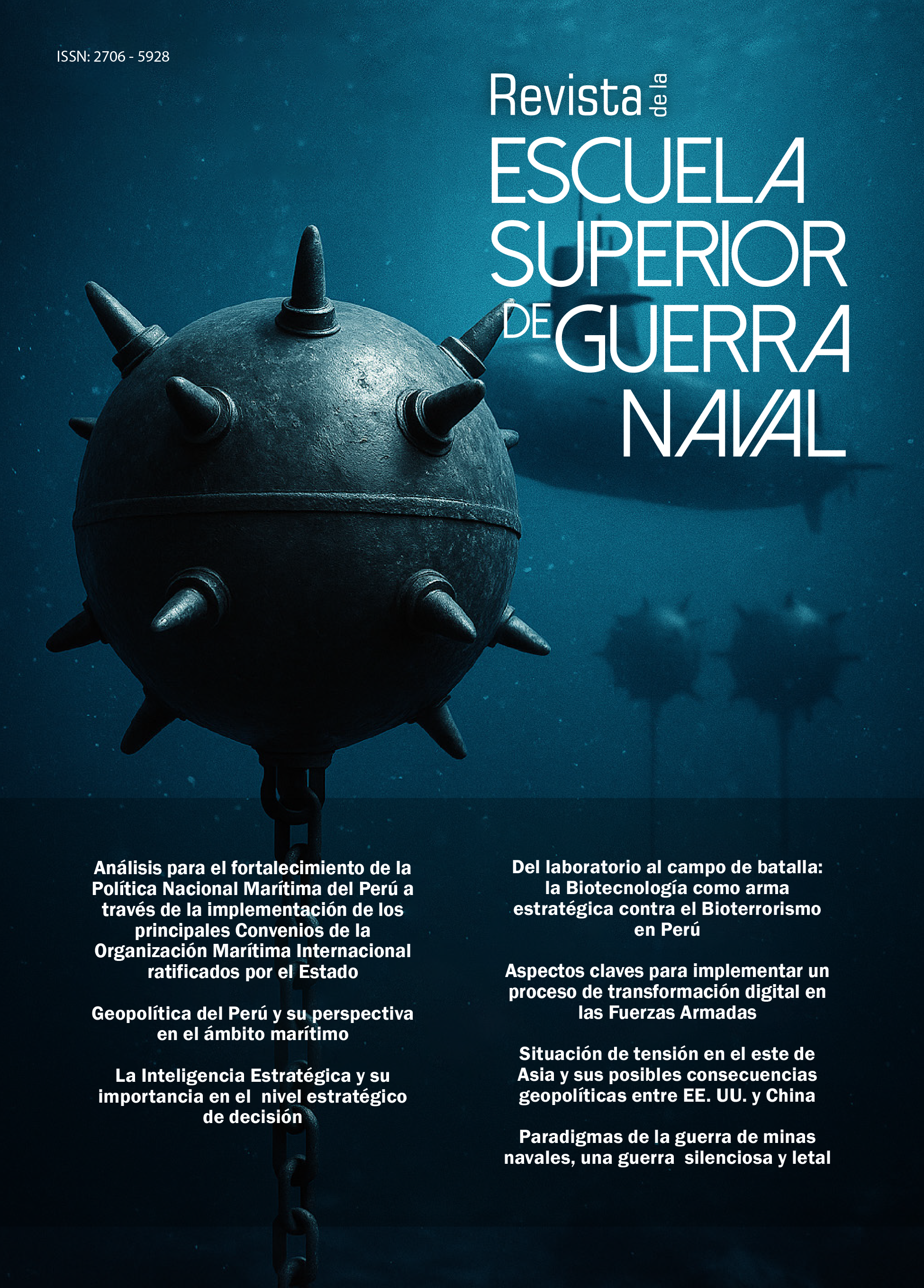Paradigms of the naval mine war, a silent and lethal war
Abstract
Naval warfare has undergone continuous evolution over the centuries, driven by technological advancements and tactical innovation. In this context, naval mine warfare is often perceived as a relic of the past and, in many cases, underestimated. Nevertheless, naval mines continue to play a relevant and current role in the naval domain, primarily for three reasons: their asymmetric lethality, combined with low cost and ease of deployment, which restricts the mobility of adversary naval forces; their considerable deterrent value, especially in littoral warfare scenarios and shallow waters; and their remarkable technological adaptability, which has enhanced their effectiveness and sophistication. In this context, their significance has increased substantially, challenging the notion that it is an obsolete area of naval warfare.





 Este artículo está bajo una
Este artículo está bajo una 